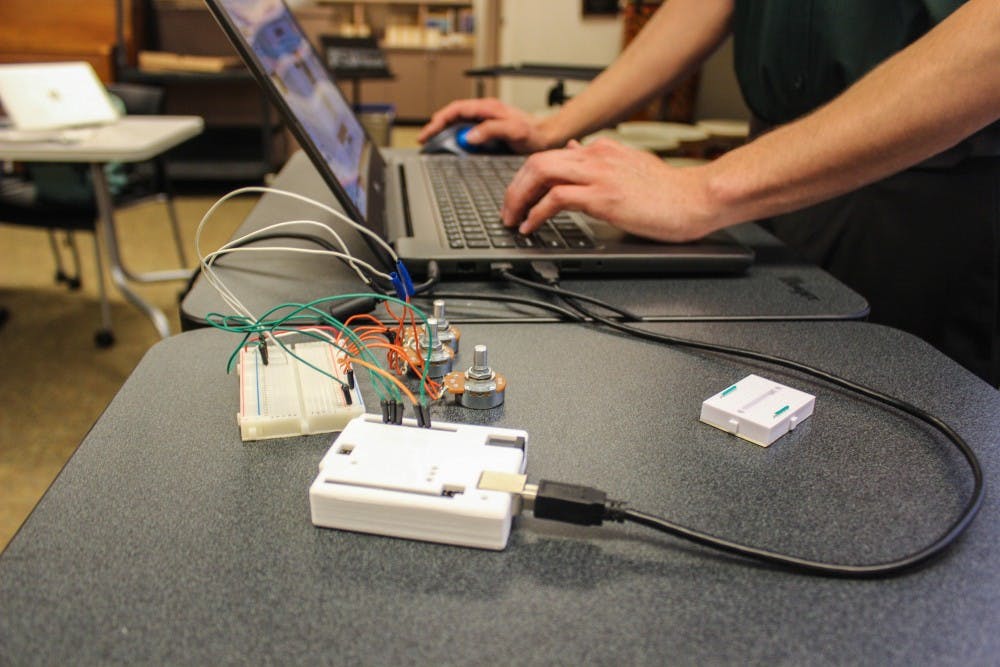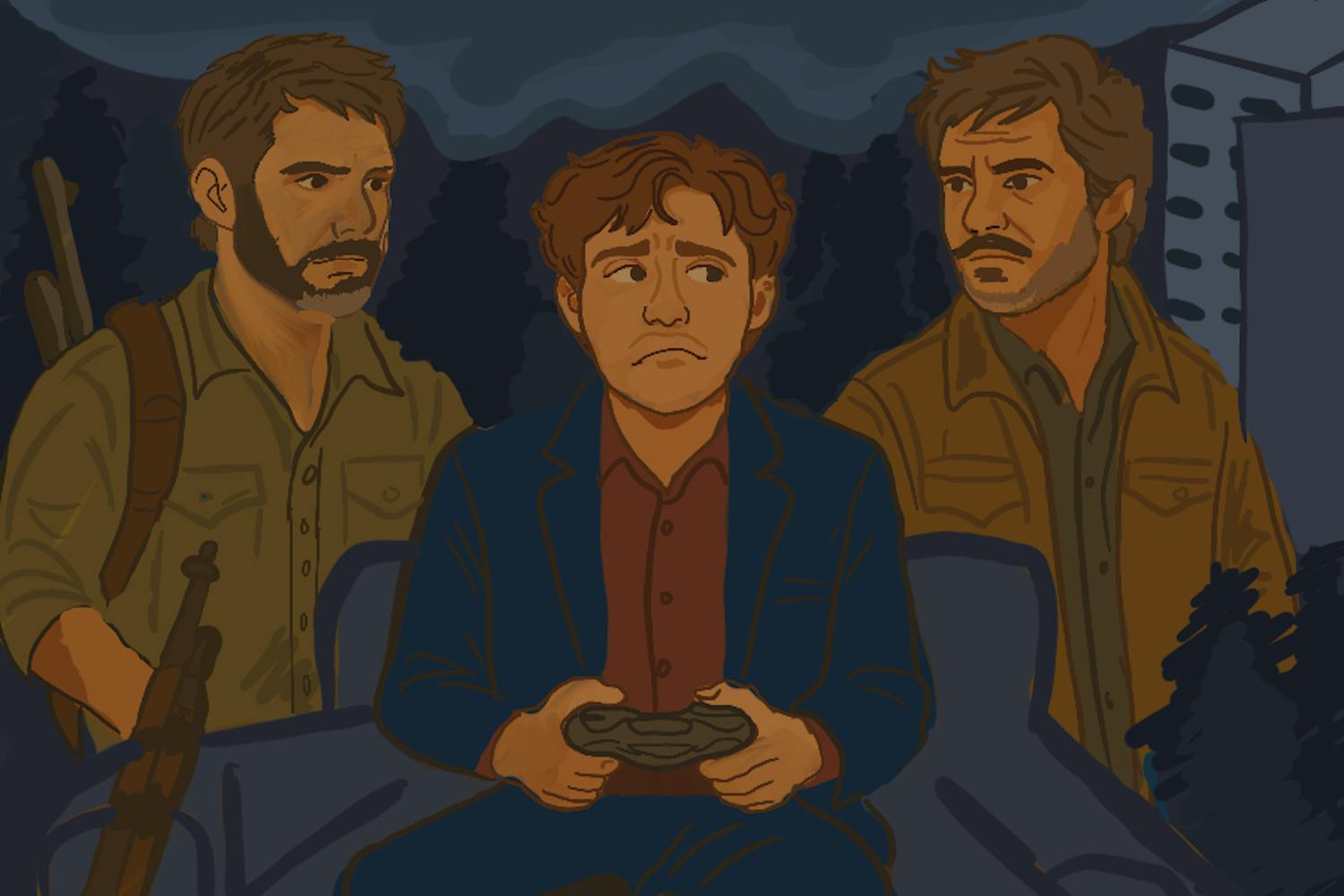Many students know about STEM, the grouping of the studies of science, technology, engineering and math, but may not have heard of STEAM.
As a nationwide movement to infuse STEM oriented curriculum with the arts gains popularity, ASU faculty members are finding different ways to ensure that students are embracing the arts within today’s heavily STEM-focused society.
“In American education we have this notion of new ideas that aren’t really new, they come and go like a swinging pendulum,” Tirupalavanam Ganesh, assistant dean of engineering education at the Ira A. Fulton Schools of Engineering, said.
Ganesh said the notion of STEAM is one that has always existed.
“Engineering is inherently a creative profession," he said.
While students are expected to be well versed in math and sciences, "research is driven by imagination. You need imagination to use the knowledge,” he said.
To help students, Ganesh teaches the engineering habits of mind: creativity, optimism, collaboration, communication skills and ethical considerations. Even for coders, Ganesh said that creativity is key, as there is always “a certain elegance to the code.”
Students who are doing research in biology and chemistry are often in need of an artisan when it comes to completing their projects. Christine Roeger is a scientific glassware designer at ASU and has her glassblowing facility in the Bateman Physical Sciences Building.
Every day she receives projects from students to create specialized beakers, flasks or tubes that they need for their research. To Roeger, the art of glass blowing is a very scientific venture.
“To me, it is more analytical and scientific," Roeger said. "When students come in with their scientific designs, I take it back into my shop — then I use my creativity to try to figure out how to make the project.”
Evan Tobias, an associate professor of music education and director of the Consortium for Innovation and Transformation in Music Education. Tobias has a deep investment in ensuring ASU stays on the STEAM track.
Tobias heads Design Art Increase Science Youth, an initiative in which he works with youth to combine arts within science.
Tobias also heads the sound and music technology VIP courses, which are independent study courses focusing on combining students' personal interest with music and STEAM. The courses are open to all ASU students and can be used for independent or group work efforts.
The intersection between arts and science are natural and it is often the curricular boundaries that partition the arts from STEM, Tobias said.
He hopes that by blurring the boundaries and increasing awareness of these intersections, research across all areas will benefit. Furthermore, he said he believes that by bringing together people from these different areas, all of society will see new angles to approach today’s problems.
Nathan Botts, who works with Tobias, is a graduate student at the Herberger Institute for Design and the Arts. He wants to ensure there is a culture present for ASU students to learn how to mesh music and mechanics.
Every Wednesday evening in a workshop on the second floor of the Music Building called the MET Lab, students come with projects involving a creative aspect such as design, digital culture, composition and dance, and Botts teaches them the technical skills such as designing and building interfaces. Small circuits and musical robots are then created by students majoring in music and design.
“What makes it really fun and interesting for a lot of people is this space is their first encounter with electronics of any kind as more than a consumer and using your phone,” Botts said.
Botts said when students come in with projects, there are always different STEM aspects, even when it’s a very artistic project.
“Engineering students may not use the artful language that we use here, but there’s creativity going on, and there’s purposeful design going on, and there’s an aesthetic that they are going after," Botts said. "Here we try to come at stuff from the music side of things because that’s what people know. I’ve created some resources to help them program a basic circuit that is a musical instrument so that they understand where to go from there.”
Reach the reporter at jevanden@asu.edu or follow @jana_vandenberg on Twitter.
Like The State Press on Facebook and follow @statepress on Twitter.




